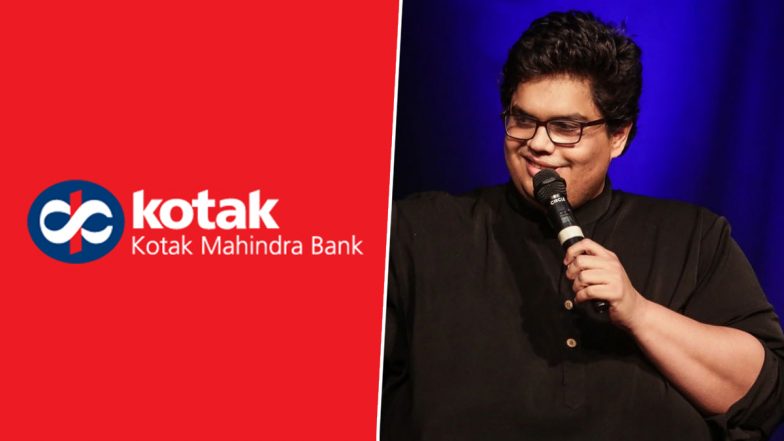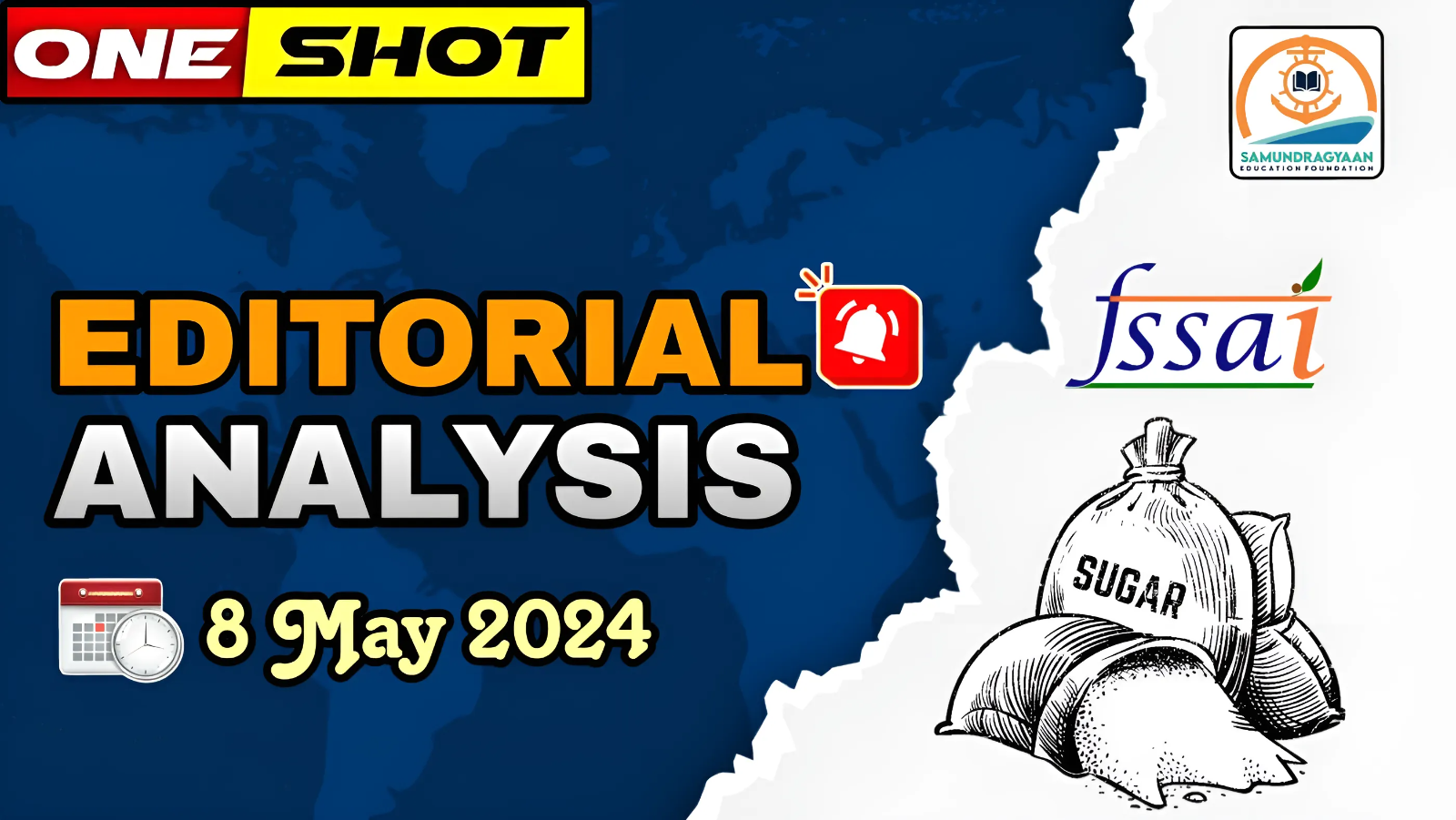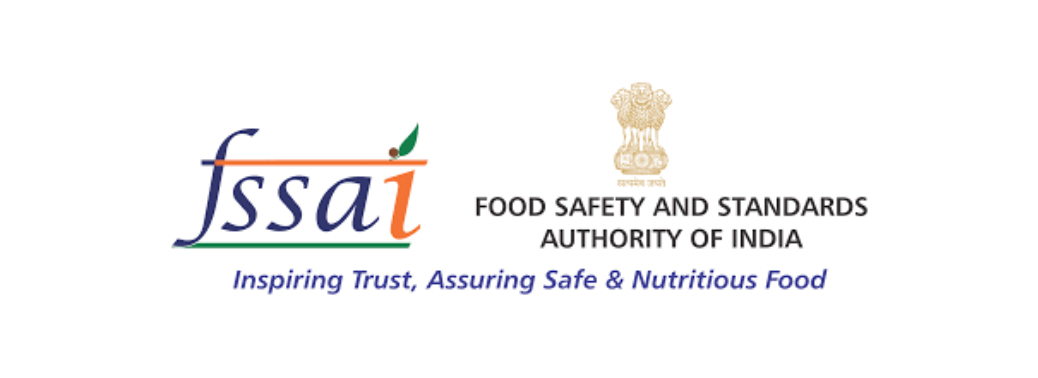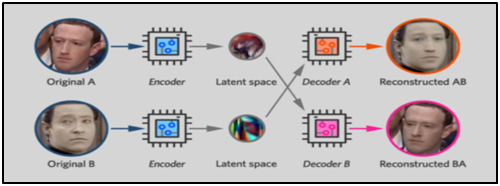Why in news?
- The RBI has allowed Russian entities to invest their rupee balance in various options like government securities, bonds, equity, and loans. This may soon end Russia’s struggles with payments to India.
What’s in today’s article?
- Increasing bilateral trade between India and Russia
- Existing payment settlement mechanism between India and Russia
- Payment issues with Russia
- New investment options for Russia
Increasing bilateral trade between India and Russia
- Trade statistics
- Russia is now India’s second largest import source, after China, surpassing the UAE and US.
- In 2023-24, India’s imports from Russia increased 32.95 per cent to $ 61.44 billion, while its exports were at $4.26 billion, creating a trade deficit of $ 57.18 billion.
- Most of India’s import from Russia comprises oil, but there are also imports of defence equipment, fertilisers, edible fats and oil and precious and semi-precious stones and jewellery.
- While payment for defence equipment was largely in rupee, payment for Russian oil was taking place in other currencies.
- Reasons behind the increase in bilateral trade
- Since the start of Ukraine war on February 24, 2022, Moscow has been hit by Western banking and economic sanctions.
- Against this backdrop, it found a ready market for its goods, especially crude oil, in India and offered steep discounts.
- Russia is now the largest supplier of oil to India, displacing traditional players such as Iraq, Saudi Arabia, and UAE.
- India, unlike the West, chose to not join the list of countries formally imposing sanctions on Moscow.
Existing payment settlement mechanism between India and Russia
- India and Russia put in place a rupee payment system to circumvent the Western countries’ banking and economic sanctions against Russia following its attack on Ukraine in February 2022.
- Under the mechanism, a number of Russian banks, opened their rupee vostro accounts with authorised dealer banks in India for enabling rupee trade between the two countries.
- A Vostro account is a bank account that a correspondent bank holds on behalf of another bank, often a foreign bank.
- In this context, a rupee vostro account is a special account that authorized Indian banks open and maintain for the banks of their partner trading countries.
- The account holds the foreign bank’s holdings in the Indian counterpart in rupees.
- When an Indian trader wants to pay a foreign trader in rupees, the amount is credited to the vostro account.
Payment issues faced by India and Russia
- Dollar and existing channel like SWIFT were not an option
- As part of war-induced sanctions on Moscow, the U.S., the EU, and the U.K. have blocked multiple Russian banks from accessing the Society for Worldwide Interbank Financial Telecommunication (SWIFT).
- SWIFT is a global secure interbank system whose primary function is to facilitate the secure exchange of financial messages between banks and other financial institutions.
- These messages typically involve instructions for transferring funds, such as payment orders, securities trading information, and other types of financial transactions.
- The West had targeted one of its biggest traded goods — energy — for which transactions have traditionally been dollar-dependent.
- Western countries did so by imposing a price cap of $60 per barrel.
- While India is not a formal signatory, it has tacitly agreed to maintain the price cap as much as possible.
- Also, banks and traders did not want to get involved in transactions that breach the oil cap over fears of repercussions for their funds.
- Until recently, the blends of oil India was importing from Russia were largely below the price cap fixed by G-7 countries and India was able to pay for the oil using dollars.
- However, Russia has lowered its discounts due to high demand from China and lower grade oil is now in short supply.
- Challenges to rupee-rouble mechanism
- This mechanism was considered as an alternative payment mechanism to settle dues in rupees instead of dollars or euros.
- However, as per the reports, this mechanism could not take off due to factors. This includes:
- Scepticism on the rupee-rouble convertibility as the rouble’s value is kept up by capital controls and not determined by the market.
- Russia finds the rupee to be volatile.
- The unforeseen surge in oil trade between India and Russia in one year alone has led to a massively ballooning trade deficit.
- This has led to staggering amounts of Indian rupees in Russian banks that cannot be used by Russia in its war efforts.
New investment options for Russia
- Background
- The rising unused rupee balance for Russian entities in these accounts was a big concern for Russia.
- It was trying to repatriate some of it through various means including converting it to dirhams or yuan.
- In this backdrop, new mechanism was launched to enable Russia to invest the rupee balance in India itself.
- New mechanism
- The RBI enabled countries holding rupee accounts to invest in government securities’/treasury bills in India.
- Recently, a FEMA (Foreign Exchange Management Act) regulation has been amended making it easier for foreign investors to trade in derivatives.
- Russia is also being allowed to invest in equity and debt.
- India is also trying to identify projects for Russian entities to invest in, such as the Vande Bharat sleeper trains project.
- Russian investments in India will not attract Western sanctions as these are rupee investments.
The Kotak Mahindra Bank Controversy

Why in News?
- The Reserve Bank of India (RBI) barred Kotak Mahindra Bank (KMB) from onboarding new customers on its online and mobile banking channels, and issuing fresh credit cards.
- It would however be allowed to provide these services to its existing customers.
What’s in Today’s Article?
- Why were Actions on KMB Necessitated?
- Similar Actions by RBI in the Past
- What will be the Impact of RBI’s Actions on KMB?
Why were Actions on KMB Necessitated?
- RBI observed “serious deficiencies and non-compliances” concerning KMB’s –
- IT inventory and user access management,
- Data leak and leak prevention strategy,
- Business continuity and
- Disaster recovery rigour and drill, etc.
- This was based on the regulator’s examination of the private bank’s systems for two years (2022 and 2023).
- The regulator said KMB continually failed to address concerns in a “comprehensive and timely manner”.
- The bank was also deemed non-compliant with RBI’s subsequent recommendations or ‘Corrective Action Plans’ (CAPs).
- CAPs are part of an intervention scheme of the RBI to ensure robustness of regulated entities.
- As per the RBI, the compliances submitted by KMB were either “inadequate, incorrect or not substantiated”.
- In the absence of robust IT infrastructure and risk management systems, KMB’s online and digital banking channels have suffered frequent and significant outages in the last two years.
- In a latest incident, the bank’s customer care representative informed that its technical servers were experiencing “intermittent slowness”.
- The current measures would be reviewed in an external audit to be commissioned by the bank with RBI’s approval to assess remediation undertaken.
Similar Actions by RBI in the Past:
- The RBI has been particularly wary of how digital banking and the overall financial landscape functions.
- In (December) 2020, the regulator had ceased HDFC from launching any new digital products and sourcing new credit card consumers.
- This was also based on a two-year assessment that had come across recurrent incidents of outage in its internet and mobile banking platforms, alongside payment utilities.
- The restrictions were lifted more than a year later in (March) 2022 after a successful remediation.
- On similar lines, the RBI in (October) 2023 directed the Bank of Baroda to suspend any fresh onboarding of customers onto its ‘bob World’ mobile application.
- This was also based on “certain material supervisory concerns” with the RBI demanding the rectification of observed deficiencies.
What will be the Impact of RBI’s Actions on KMB?
- KMB’s growth trajectory for retail products was aided by a higher mix of digital sourcing and a thrust on unsecured products.
- For perspective, the private lender sold 95% of their personal loans and 99% of their (fresh) credit cards by digital means.
- The banks’ net profit in the fourth quarter rose 18% to ₹4,133 crore from ₹3,496 crore in the year-ago period. This was on the back of a 13% YoY growth in net interest income at ₹6,909 crore.
- According to S&P Global Ratings, the regulatory action may set back the bank’s credit growth and profitability.
- It added that credit cards are among the higher-yielding target growth segment of the bank. The portfolio grew 52% YoY as on December 31 last year compared with a total loan growth of 19%.
- Action by the RBI could push the bank to rely more on physical branch network expansion to supplement growth thus entailing higher operating costs.
- However, the agency maintained that RBI’s action will not “materially affect” its ratings.
- This is because credit cards accounted for only 4% of the bank’s total loans at the end of the year and it would still be able to cross-sell its products.
- However, the bank’s CEO stated that while the financial impact (from the RBI action) is expected to be minimal, he was more worried about the “reputational impact”.
- S&P anticipates KMB to potentially take a year to fully address RBI’s key concerns.
- While the bank has made “significant progress” on technological enhancements, implementing changes and the external audit will take time.












